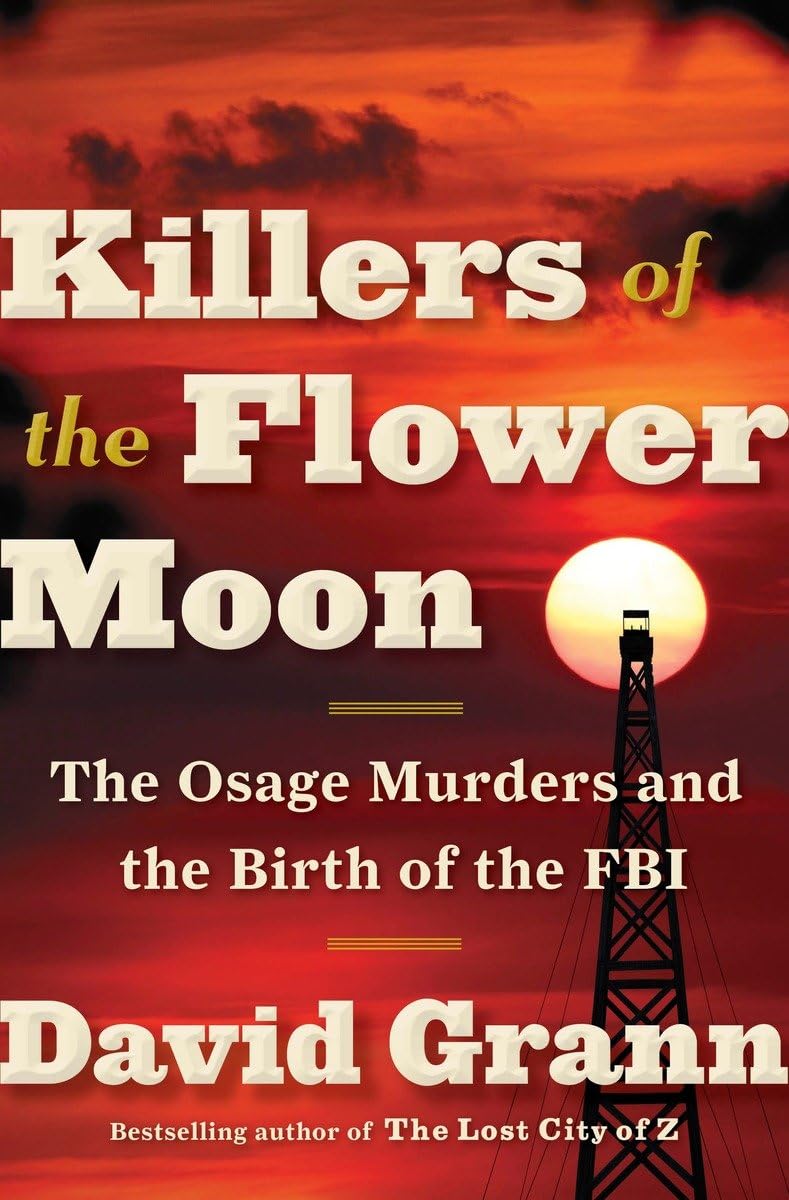Chapter 19: A Traitor to His Blood
byThe chapter “A Traitor to His Blood” delves into the chilling betrayals and ruthless conspiracies against the Osage Nation, exposing the calculated murders designed to seize control of their oil wealth. At the center of this sinister plot is William K. Hale, a man who positioned himself as a friend and ally to the Osage while orchestrating their systematic extermination. His criminal network, which included family members and local enforcers, carried out a series of cold-blooded killings, all aimed at funneling Osage oil headrights into the hands of white profiteers.
The investigation led by Tom White and his federal team reveals how Hale’s reach extended deep into Oklahoma’s legal and political systems, allowing him to act with near impunity for years. Among the most unsettling discoveries were the suspected poisonings of George Bigheart and Joe Bates, two Osage men whose deaths were initially dismissed as natural but later implicated in the broader conspiracy. As White’s team digs deeper, it becomes evident that these murders were just a fraction of Hale’s well-planned strategy to wipe out Osage families and control their financial assets.
One of the most pivotal moments in the case comes from Ernest Burkhart, Hale’s nephew, who finds himself caught between loyalty to his uncle and the weight of his own involvement in the crimes. Pressured by both the authorities and his own conscience, Burkhart eventually provides insider details that confirm what investigators had long suspected—Hale had orchestrated a vast network of killings, including arranging marriages to Osage women as a means of accessing their wealth. These revelations not only shake the foundation of Hale’s empire but also provide prosecutors with the evidence needed to dismantle the conspiracy.
However, seeking justice in a corrupt legal system proves to be one of the greatest challenges for White and his agents. Hale’s influence extends into law enforcement, the courts, and even local businesses, creating roadblocks at every turn for those trying to prosecute him. Witnesses are intimidated or bribed, and even as evidence mounts against Hale, there remains a pervasive doubt over whether an all-white jury will convict a white man for crimes against Native Americans.
Beyond the legal battle, the chapter paints a harrowing picture of the Osage people’s suffering, particularly through the lens of Mollie Burkhart, whose family was decimated by Hale’s plot. As she watches her loved ones perish one by one, Mollie becomes trapped in a nightmarish reality where those closest to her—including her own husband—are either complicit in the crimes or powerless to stop them. Her story is not just one of loss but of resilience, as she fights to uncover the truth while navigating a justice system designed to work against her people.
A major turning point occurs when Burkhart, fearing for his own safety and seeking redemption, agrees to plead guilty and testify against Hale. His confession exposes the sheer depth of the criminal conspiracy, revealing how calculated and methodical the murders were, from staged accidents to poisonings disguised as illnesses. This testimony becomes a critical piece of evidence, marking a moment of progress in a case where so many had feared justice would never come.
The chapter also underscores the complex legal maneuvers and challenges that White’s team faces in ensuring that Hale and his co-conspirators are held accountable. Even as the trial gains momentum, there are lingering fears that political corruption and racial biases could prevent a fair outcome. Despite these obstacles, the case represents a turning point in American law enforcement, as it highlights the need for federal intervention to combat deeply ingrained local corruption.
As the chapter concludes, there is a sense of partial justice, with Burkhart’s testimony helping to dismantle Hale’s empire, but many questions remain unanswered. The story does not end with a single conviction but instead sets the stage for further legal battles and the continued fight to bring all those involved to justice. While the Osage Nation takes a step forward in reclaiming their rights, the scars left by these betrayals serve as a stark reminder of how greed, racism, and systemic corruption enabled one of the darkest chapters in American history.


